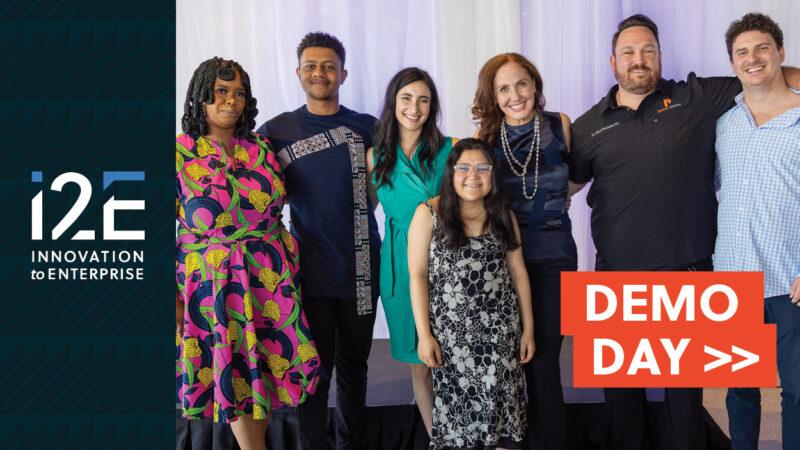By Scott Meacham
Copyright © (2015), The Oklahoma Publishing Co.
It would be impossible to be in our line of work without recognizing how dependent the innovation sector is on research and development and continually expanding a workforce that has the technical skills required for the available jobs.
So when Secretary of Science and Technology Stephen McKeever, who has authored or co-authored more than 190 scientific publications and five books, holds nine international patents, and has helped expand technology transfer at OSU, recently forwarded a report from the National Science Board, I took the results seriously.
“Science and Engineering Indicators 2014” reports trends and results based on key indicators of STEM (science, technology, engineering and mathematics) education and workforce, research and development investments and outputs, and measures of innovation.
Simply put, Oklahoma was at or near the bottom in every major category. The only category among 24 key indicators where Oklahoma ranked in the first quartile is in STEM associate degrees earned.
We were in the third quartile in grade school science and math (with less than a third of our students at proficiency) and in the fourth quartile in STEM bachelor degrees and in the percentage of STEM workers.
We were in the second quartile in state R&D investment while the top state, West Virginia, another resource-rich state that is seeking to diversify its economy, invested five times more than Oklahoma per $1 million of GDP.
States that don’t invest in R&D and STEM education cannot diversify their economies and drive the engine of an innovation economy.
The lack of a STEM educated workforce as well as the lack of investment in research led to low performance on measures of innovation such as Small Business Innovation Research SBIR investment and venture capital investment per $1 million of GDP (fourth quartile for both.) In venture capital investment, which follows deal flow, Oklahoma’s 21 cents per $1 milion of GDP is more than 36 times lower than the $7.74 per $1 million in GDP that Massachusetts is enjoying.
Investment in education and R&D produces the innovations that create jobs.
We can and should do better. There is no excuse for Oklahoma to be once again at the bottom of the stack on so many key measures of innovation.
This is about our future. Our young people deserve better. They have the potential. We should be investing more to help them achieve it.
Putting it a different way, jobs in advanced technology companies built on innovation pay nearly double the state average. Would you rather your sons or daughters earn $38,000 or $76,000 when they finish school?
Scott Meacham is president and CEO of i2E Inc., a nonprofit corporation that mentors many of the state’s technology-based startup companies. i2E receives state appropriations from the Oklahoma Center for the Advancement of Science and Technology. Contact Meacham at [email protected].
Did You Know? Of the recent science and engineering bachelor’s degree recipients (1999 – 2010), from 43 to 49 percent attended some community college. SOURCE: National Science Board








